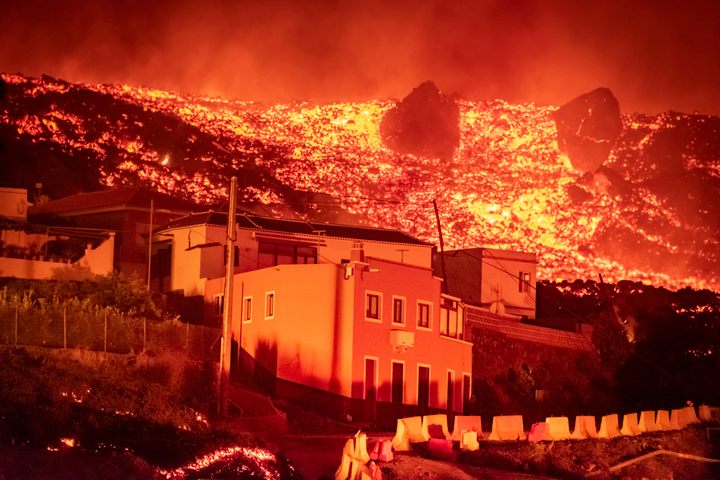
How Volcanologists Tracked a Violent, Months-Long Eruption
Though the damage on La Palma in the Canary Islands is extensive, no lives were lost.
For those who celebrate it, Christmas once again carried an air of uncertainty in 2021 due to the pandemic. But the residents of the Spanish island of La Palma had a notably different experience: release, relief, closure. “What I want to say today can be said with just four words,” said Julio Perez, the Canary Islands regional security chief on Christmas Day. “The eruption is over.”
After three months of being besieged by an intense volcanic eruption, the best gift was a welcome dose of apparent certainty.
A collective sigh followed. The eruption, which began on September 19, was a masterclass in infernal devastation. Streams of molten rock, sizzling at almost 2,000 degrees Fahrenheit, scorched a path from the Cumbre Vieja volcanic ridge west toward the sea, hissing when it encountered water and generating billowing plumes of acid, steam, and volcanic glass. Lava fountains easily eclipsed the height of the world’s tallest skyscrapers, raining dense, hot spatter across the island. Occasional explosions, which seemed to almost fracture the air itself, blasted lava bombs into the sky. Corrosive rain showers fell.
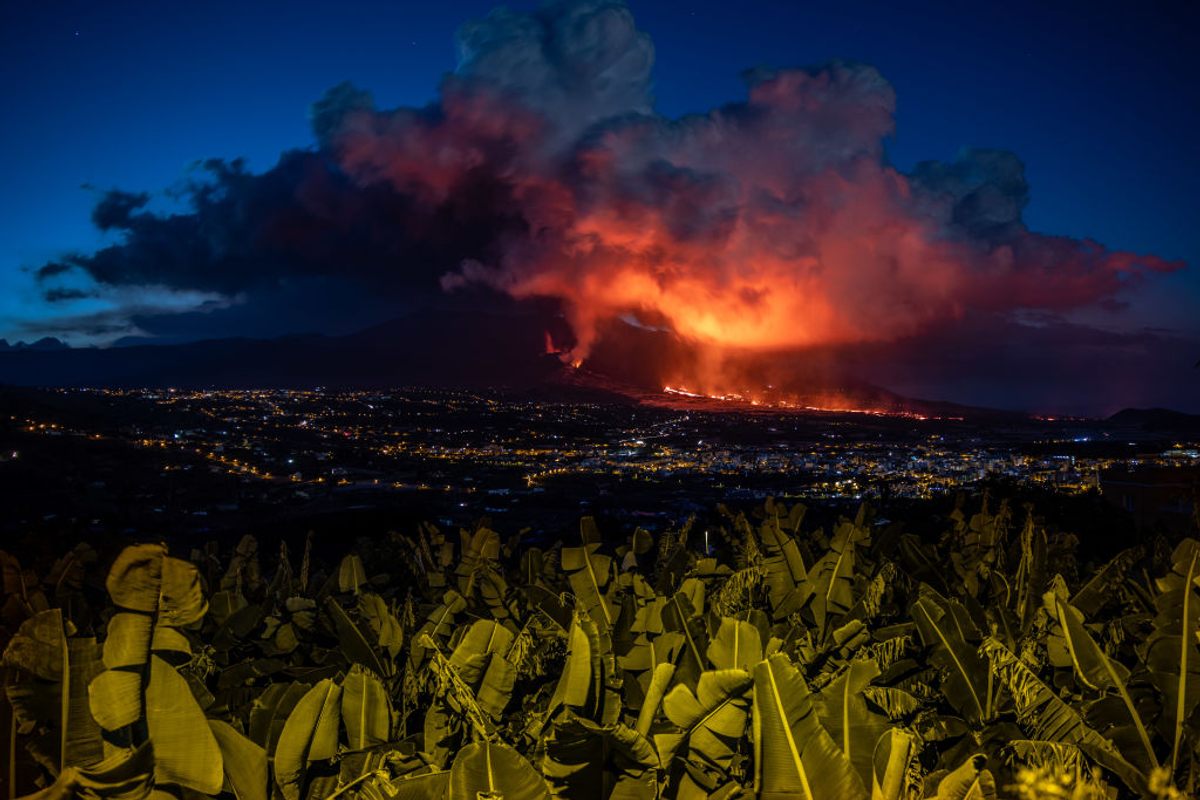
Today, all that remains is a veil of ash, draped across multiple rivers of now-frozen onyx lava. Seen from space, these immobile streams look like a lithified hydra, and under that monster’s corpse are some 3,000 properties and huge swaths of farmland.
“This is maybe the most destructive volcanic eruption in the last 80 years in Europe,” says Pedro Hernández, a volcanologist at the Volcanological Institute of the Canary Islands. He says that the Cumbre Vieja paroxysm is comparable to the one from Italy’s Vesuvius in 1944, which damaged multiple towns and destroyed dozens of Allied military aircraft parked nearby.
For almost everyone who has been involved with the crisis, “It’s been really, really hard,” says Hernández. Merely monitoring such a violent eruption is exhausting, but in this instance, many people were in harm’s way as well. But the worst outcomes were avoided.
“Nobody died,” says Hernández. Not a soul. This was thanks to a huge collaborative effort between the region’s geoscientists, those farther afield, social scientists, crisis managers, local press, and emergency services, but none of it would have been possible if the volcano itself had not been decoded. In that way, the lack of fatalities is a testament to how far the still-nascent field of volcanology has come.
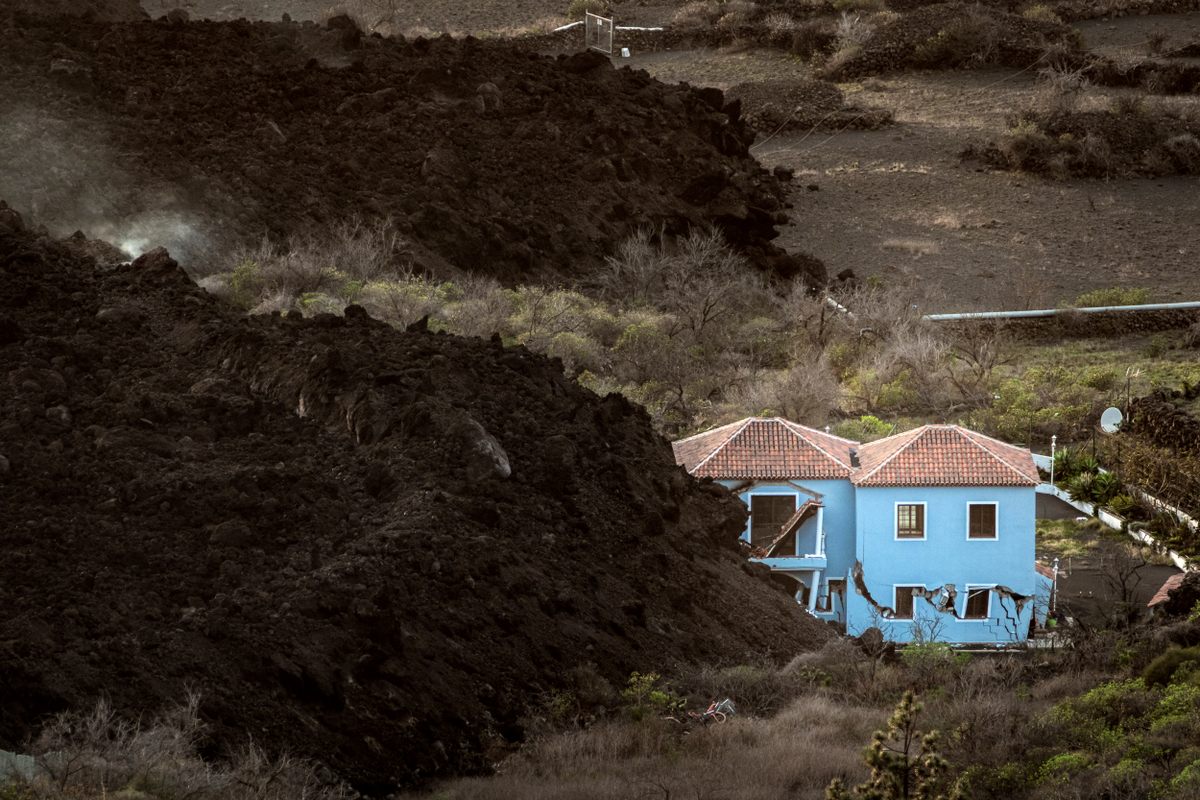
La Palma, sitting to the west of Morocco in the azure Atlantic Ocean, in the Canary Islands archipelago, has long been known to be volcanic. Like the rest of its family, this island was formed by a mantle plume, a superheated fountain of molten rock emerging from the edges of Earth’s core. The plume rises to the underbelly of the planet’s rigid rocky surface, where it causes a lot of melting, which makes magma, which has a tendency to seek a way out.
Cumbre Vieja, the volcanic centerpiece of La Palma, is not your typical volcano. Instead of having a central crater where all the action happens, this elongate mountain’s north-south ridge is pockmarked with myriad craters, cones, vents, and fissures—remnants of plentiful older eruptions. Eruptions can take place pretty much anywhere on the ridge, giving it a decidedly unpredictable edge.
By 2021, 50 years had passed since its last eruption, but the volcano had hardly been quiet in recent years. Since 2017, it had been grumbling: Plenty of closely spaced and timed quakes had been emanating from within, suggesting something disquieting was happening far below the surface. That volcanic indigestion reached a crescendo in early September, when tens of thousands of quakes were observed at increasingly shallow depths. The ground also began to inflate by several inches.
Both signals together could only mean one thing: rising magma. An eruption wasn’t guaranteed—magma can cool and get stuck below ground before it can find an escape—but scientists, understandably concerned, doubled down their efforts to study the volcano. Monitoring efforts began in 2001 and were boosted in 2017, but this latest development saw the deployment of a fresh array of sensors across the ridge, from seismometers to GPS stations used to track the ground’s changing shape. All eyes were on Cumbre Vieja.
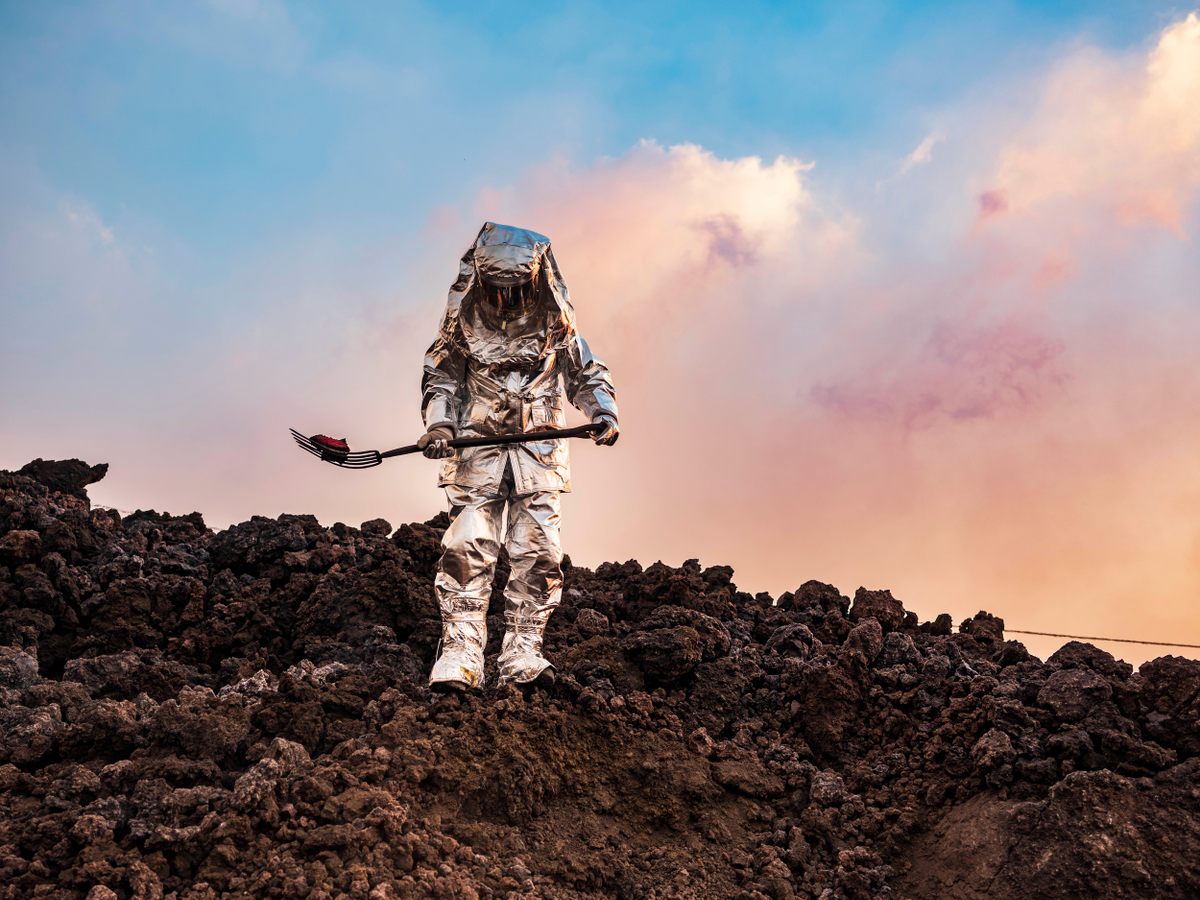
On the afternoon of September 19, as Spanish troops began to evacuate some people thought to be in danger, the volcano made its move. An explosion on the ridge. Thousands more were evacuated from nearby villages and towns as red-hot rivers poured down, smashing through buildings like a bulldozer through papier-mâché.
Viewed dispassionately through the lens of social media, the pyrotechnics of the eruption were spectacular. Even volcanologists on site found it difficult to not be awed—humbled, even. For many young scientists it was an incomparably visceral, even thrilling, experience at first, but those feelings of wonder were temporary. They watched as home after home was destroyed.
“I had enough scientific excitement from the first week, and then I was just waiting for the end,” says Pablo J. González, a physical volcanologist at the Spanish National Research Council on Tenerife.
The swift, early evacuation had no doubt saved many lives, but plenty of risk remained. The lava provided the primary hazard, but the plumes of acidic lava haze billowing from the coast could prove deadly to anyone wandering too close. Not willing to risk a single life, the authorities, in lockstep with the scientists, maintained a wide exclusion zone around the lava-spewing vents and the afflicted coastline.
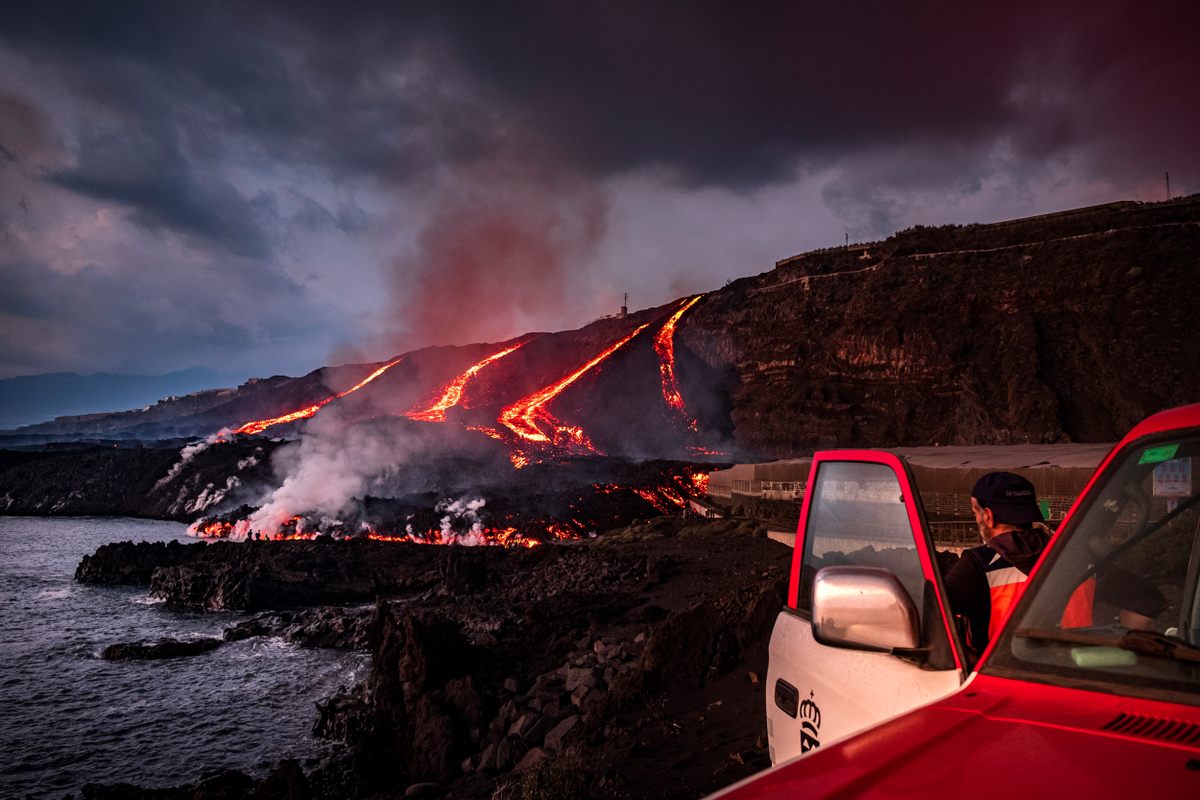
Days turned to weeks, weeks to a month, and the eruption showed no signs of slowing. Impatience set in. “Isn’t there a plane that flies and can drop … today the technology is very reliable … and boom! And send the lava in a different direction?” said Casimiro Curbelo, the president of the La Gomera Municipal Council, at the end of October. “Maybe it’s madness, but I get the impression from a technological point of view that it should be attempted.”
There is a surprisingly storied history of using bombs to attempt to divert lava flows, from Italy’s Etna to Hawaiʻi’s Mauna Loa. And it’s fair to say that by November, this part of La Palma looked like a war zone. But diverting lava with bombs has only succeeded once, and given that you can only redirect lava if you are absolutely certain it won’t find another dangerous path, scientists are largely wary of this sort of “trolley problem” scheme. In this case, they agreed with one part of Curbelo’s statement: It would have been madness.
Everyone, however, shared Curbelo’s wish to see the eruption come to a swift end. And although volcanologists are now pretty good at identifying the precursors to possible eruptions, knowing when one will end is a far trickier matter. There are many reasons for this, but a major one is that we simply can’t tell how much magma is being supplied to the volcano from below. The changing shape of the volcano can show whether magma is entering or draining from its shallow plumbing system, as the ground inflates and deflates, but it doesn’t reveal how much molten fuel is farther down, where it could either stay put or ascend and erupt.
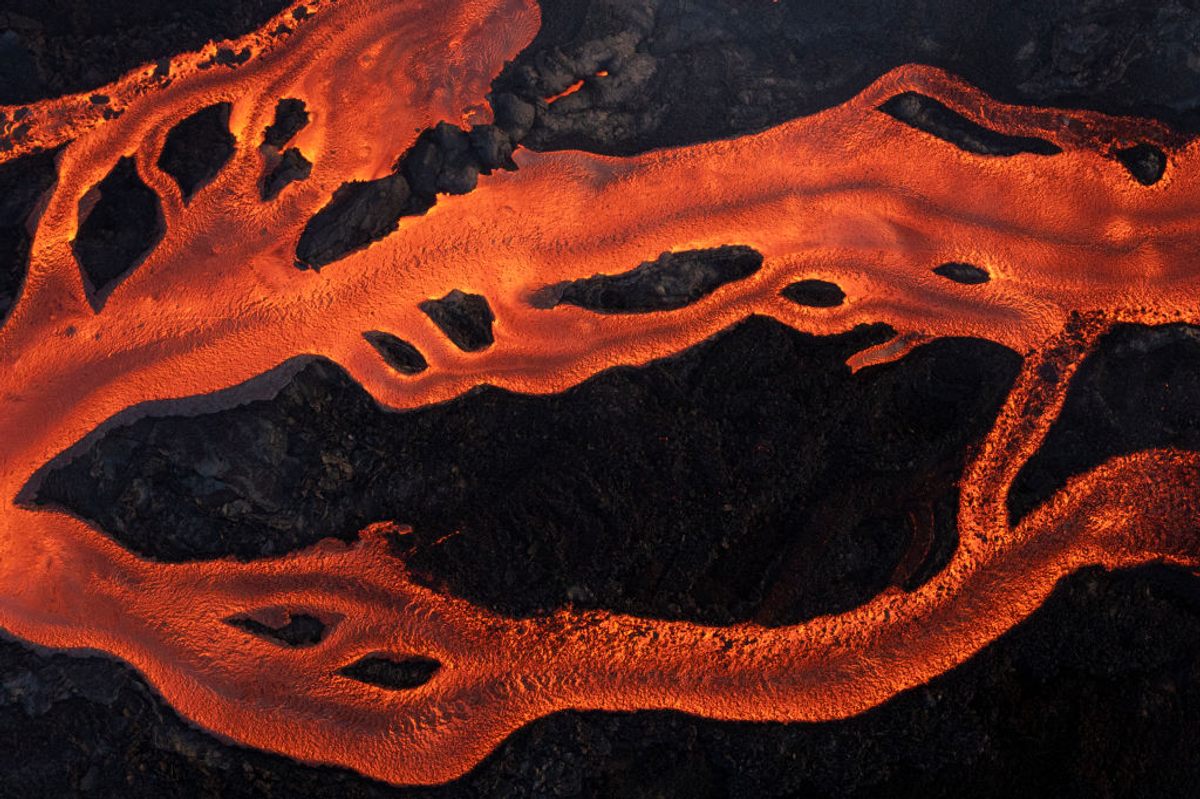
As a result, volcanologists were hesitant to offer any concrete predictions about when the fireworks would end. The volcano’s history provided a clue: Documented eruptions on La Palma have lasted from a few weeks to several months—but not, so far, years. And although tracking the volcano’s deformation was full of uncertainties, the volcano had been more-or-less consistently deflating over time. By mid-November or so that deflation was slowing—a sign, perhaps, that magma had bled out onto the surface without being replaced from below.
“We made the assumption that zero deformation equals the end of the eruption,” says González. And that would be sometime in mid-December, they estimated.
But every now and then a profusion of lava continued to gush from the volcano, and violent, gas-driven booms kept shaking the ridge. “That was something that puzzled us,” says González of Cumbre Vieja’s continued excitability, even as its magma ran low.
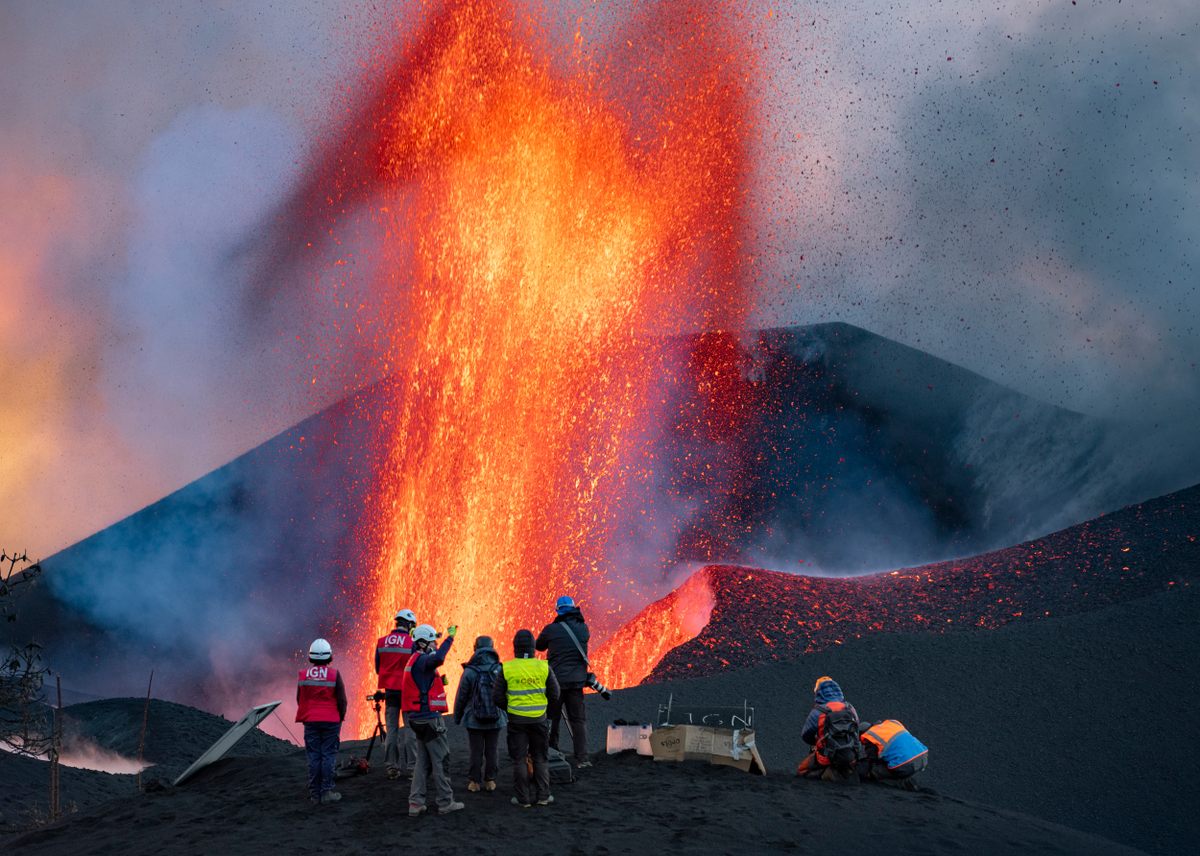
But the predictions turned out to be accurate. On December 13, after a series of significant explosions, no new lava could be seen oozing from the active vent. Seismic activity dropped off a cliff. The deflation had ceased. Eighty-five days and eight hours after it began, the eruption had finally gone out, it seems, with a bang.
Although it’s a bit arbitrary, scientists normally wait three months after fresh lava was last seen to declare an eruption over; volcanoes are known to simply pause before a new eruptive episode, days or weeks later. In this case, the authorities waited just 10 days until they made the call. That’s fair, says González: The volcano isn’t doing anything to suggest more magma is on its way, and the 7,000 evacuees just want to get back home—if, of course, their homes are still standing.
“But that doesn’t mean the war has finished,” says Hernández. The difficult, costly, lengthy process of rebuilding has just begun. Frozen rivers of lava are being dug up, dislodged, and pushed aside. Major roads are being restored. The Spanish government has promised $255 million in aid.
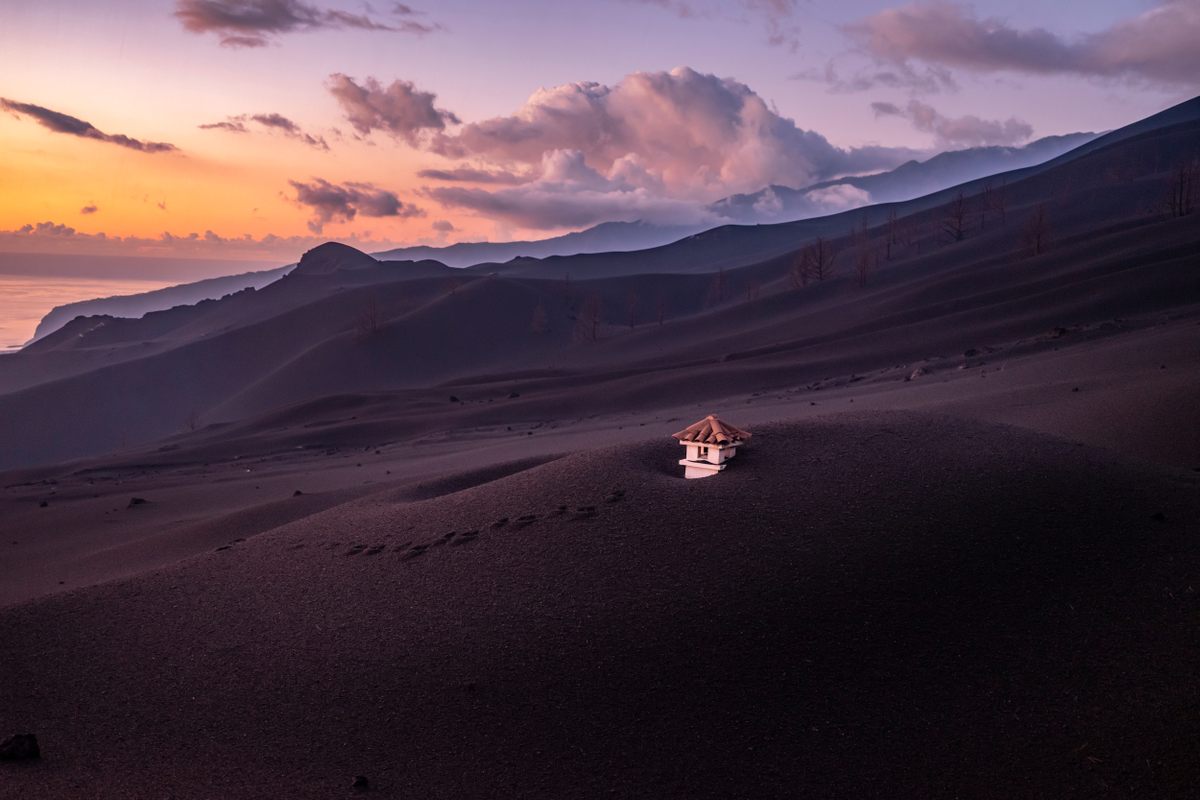
Cumbre Vieja, for its part, is not done causing problems. Dangerous gases, including sulfur dioxide, carbon dioxide, and carbon monoxide, are still seeping out of the ground in some areas, delaying safe return. And the low-key unrest that began in 2017 continues, suggesting that the volcano is not exactly quiescent.
“The emergency is still ongoing,” says González. Even if the volcano falls into another deep slumber, the trauma of this eruption will linger for decades.
But amid the destruction, a note of solace. This eruption was the first on-land eruption in the Canary Islands to be comprehensively monitored by a cutting-edge array of equipment and, literally, thousands of scientists. Many of Cumbre Vieja’s tell-tale seismic cacophonies, physical metamorphoses, and eruptive symphonies have been documented in remarkable detail.
“The main target of volcano monitoring is to protect the people,” says Hernández. Thanks to all that accumulated data, volcanologists are now better prepared than ever to do just that. Sparing lives during this eruption was just the first step.


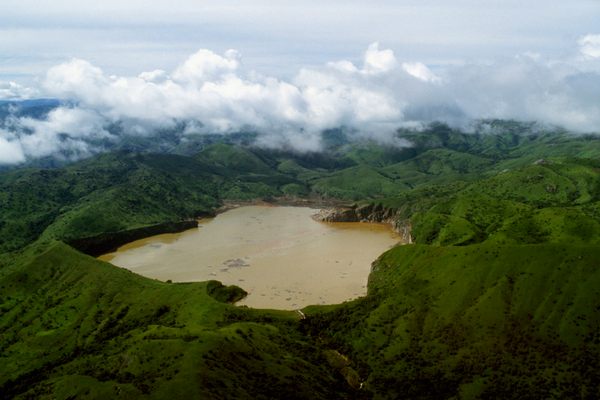





















Follow us on Twitter to get the latest on the world's hidden wonders.
Like us on Facebook to get the latest on the world's hidden wonders.
Follow us on Twitter Like us on Facebook